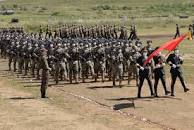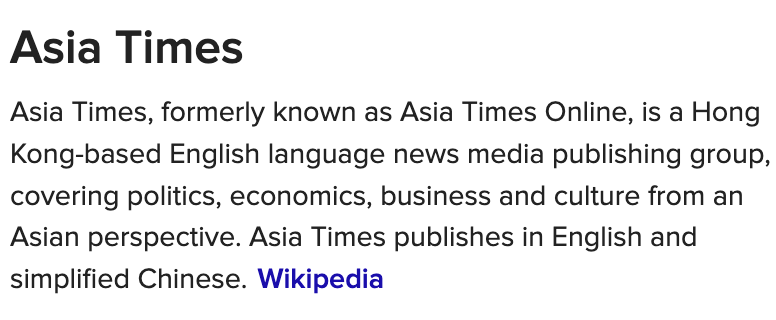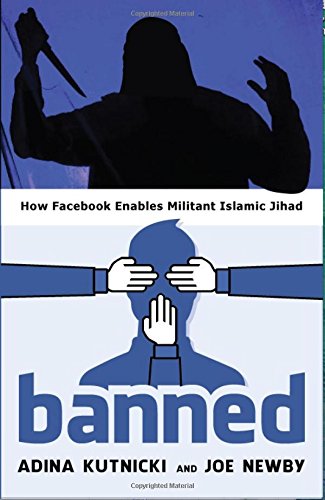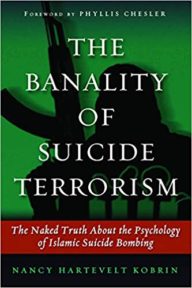
“Vostok 2022: the Military Convergence of Eurasia”
RWMALONE.SUBSTACK | September 22, 2022
“Vostok 2022-demonstrated… interoperability of the military command of the Armed Forces of the Russian Fed, allies and friendly states from Europe, Asia, Africa, the Middle East and Latin America.”
“Eurasia”
Are you ready for some reality speak? I certainly wasn’t ready for the tone and context of this news article put out by Asia Times!

Vostok 2022: the military convergence of Eurasia
Asia Times, Sept 22, 2022
“The actual centerpiece of the military show was the strong participation of the Chinese forces”
Although a considerable number of purveyors of the old order would want us to believe that the most important developments that will significantly impact the world we know are associated with the largely insignificant military offensive recently carried out (as Scott Ritter put it) by a “NATO army manned by Ukrainians” in Kharkiv, this cannot be further from the truth – if we accept a much broader outlook than the one offered by Western parochialism.
In fact, while a large part of the Western world was cheering the Pyrrhic victory that serves as a catalyst to escalate further the conflict that has been initiated by US neocons and has been successfully protracted by Washington and its vassals, the rest of the world was paying close attention to the military exercises that took place early this month in Russia.
The Vostok 2022 drills ran from September 1 to 7. They were conducted under the command of the chief of Russia’s General Staff, Valery Gerasimov, at nine training grounds in the territory of the Eastern Military District, as well as maritime and costal zones of the Sea of Okhotsk and the Sea of Japan.
The purpose of the war games, as the Defense Ministry emphasized in a statement, was “to ensure military security of the Russian Federation and its allies.”
“Today, soldiers and officers of 10 states are standing in a single formation, and a total of 14 countries are taking part in the exercise,” said Deputy Russian Defense Minister Colonel-General Yunus-Bek Yevkurov at the opening ceremony at the Sergeyevsky training ground in the Primorsky Region.
“Tens of thousands of servicemen and thousands of units of equipment are performing combat training missions according to a single plan at nine training grounds in real time.”
So what were these states? Well, participants of the maneuvers included Armenia, Algeria, Azerbaijan, Kyrgyzstan, Tajikistan, Syria, Nicaragua, Laos, Mongolia, Kazakhstan, Belarus, China, India and, of course, Russia.
Some are members of the Collective Security Treaty Organization (CSTO) and the Shanghai Cooperation Organization (SCO). In total, they accounted for more than 50,000 servicemen and women who were training in accordance with the 1996 Treaty on Military Confidence-Building Measures.
But let us be honest, the actual centerpiece of the military show was the participation of the Chinese forces, which formed the second-largest contingent of the participating parties. While the Middle Kingdom has participated in Russian strategic war games four times so far, notably, this was the second time the People’s Liberation Army (PLA) took part in the Vostok drills, and for the first time, it was represented at the exercises by its ground, naval and air force branches.
In a manifestation of deepening combat coordination between two powers, the navies of the Russian Pacific Fleet and PLA joined forces in sea ranges in the Sea of Japan and the Sea of Okhotsk on September 2 with the aim of practicing the defense of sea lanes and areas of maritime economic activity and assist ground forces in maritime directions – with a particular emphasis put on a threat posed by the US in the region (something that was clearly laid out in Moscow’s new Naval Doctrine that I analyzed in detail at Asia Times).
What was the result? “The Pacific Fleet’s naval groups successfully accomplished missile and artillery firings against aerial targets,” Russia’s Defense Ministry announced the same day. And all of this was in defiance of Japanese objections to holding drills near the southern Kuril Islands.
However, the main phase of this year’s Vostok chapter took place on September 6 when, as Reuters reported, “Smiling Putin” arrived at the Sergeyevsky training ground in the Primorye Region. The Russian president joined Defense Minister Sergei Shoigu and the chief of the General Staff of the Armed Forces of Russia, Valery Gerasimov (including more than 170 observers from 35 countries), to watch the military exercises in person.
The joint strategic operation that involved an international coalition group consisting of troops from Russia, China, India, Belarus, Mongolia, Azerbaijan, Kyrgyzstan, Tajikistan, Armenia and Algeria was divided into three stages and was crowned with the defeat of the hypothetical enemy.
Since it is believed that “Washington plans to gain military strategic supremacy in the Asia-Pacific region” at the expense of Moscow and Beijing, those two countries are growing even closer together in a military, economic and diplomatic sense.
This has been recently proved in the Pacific Ocean, where the two countries held joint patrols – and all of this amid the first meeting since the Covid-19 outbreak between Xi Jinping and Vladimir Putin on the sidelines of a summit of the Shanghai Cooperation Organization (SCO) in Samarkand, Uzbekistan.
“The tasks of the patrols involve the strengthening of naval cooperation between Russia and China, upholding peace and stability in the Asia-Pacific region, coastal monitoring and safeguarding Russian and Chinese nautical economic sites,” reads the Russian Defense Ministry’s statement.
Adding ever-growing tensions in Ukraine and Taiwan, it is hard to disagree with Henry Kissinger, who believes “We are at the edge of war with Russia and China on issues which we partly created.”
With no hope in the immediate future to “split them off and turn them against each other,” the collective West has two choices: It can either listen to Kissinger and not “accelerate the tensions and … create options,” or it can risk a two-front war that would in effect pit “America against the resources of nearly half of the Eurasian landmass,” as former US diplomat A Wess Mitchell warned in The National Interest magazine last year.
The correct answer to this question will determine whether human civilization will survive or perish in a war the scope of which the world has never seen before.
The last two paragraphs of this article are strong words.
The last sentence implies that the “west” risks a second war if they don’t come to the negotiating table with the countries leading the Vostok 2022 drills.
The primary question is – how is the “west” (NATO? WEF? UN?) going to respond? How is the USA going to respond?
The second question – how serious is this threat and what are the implications of The Vostok 2022 drills. Is this truly a threat to the (new…) world order?







